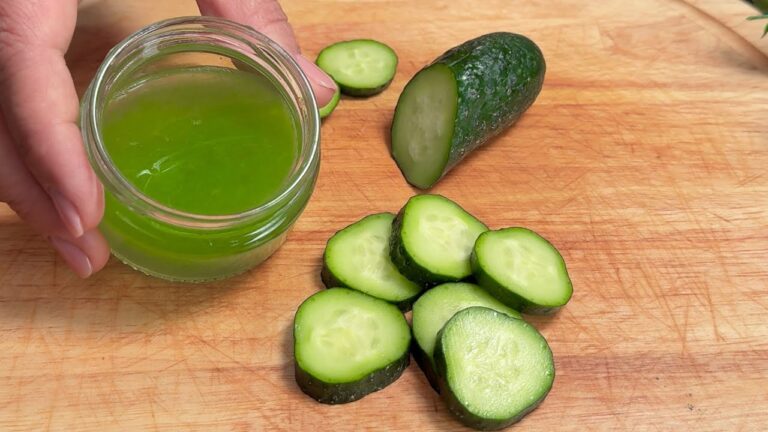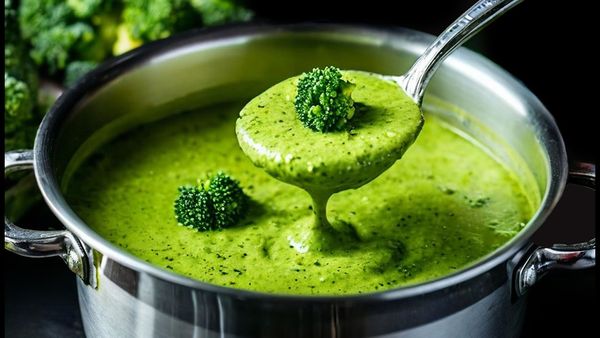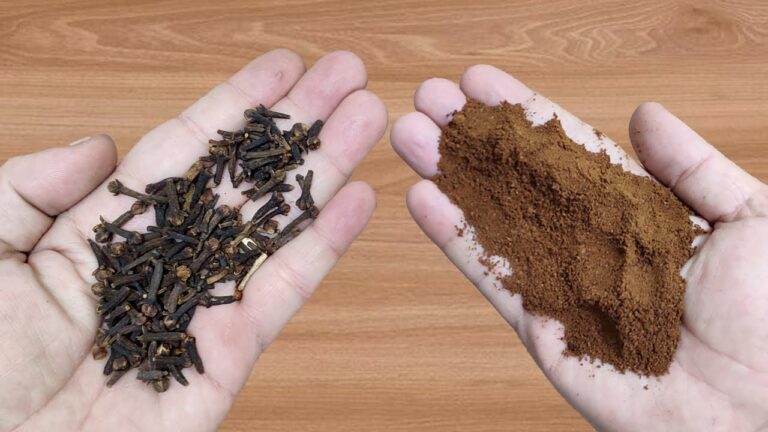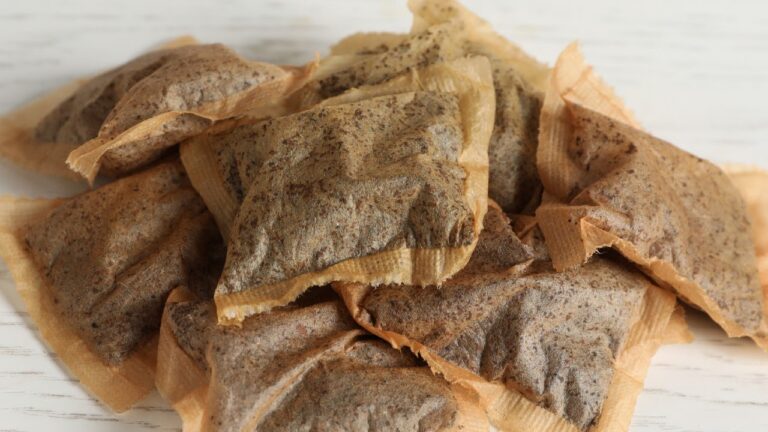Moringa tea, made from the leaves of the Moringa oleifera tree, is not only refreshing but also packed with an impressive array of nutrients and health benefits. Known as the “miracle tree,” moringa has been used in traditional medicine for centuries. Making moringa tea at home is simple and offers a wonderful way to boost your health naturally.
Ingredients and Supplies Needed
- Fresh or dried moringa leaves
- Hot water
- Tea strainer or infuser
- Optional: honey, lemon, or mint for flavor
Steps to Prepare Moringa Tea
- Select Your Leaves: If using fresh moringa leaves, start by harvesting a handful from a moringa tree. Ensure they are clean and healthy. If you’re using dried leaves, these can usually be purchased at health food stores or online.
- Prepare the Leaves:
- For fresh leaves: Wash them thoroughly to remove any dirt or debris. Strip the leaves from the stems, as the stems can be quite tough.
- For dried leaves: Measure about a teaspoon per cup of tea.
- Steeping the Tea:
- Boil water and pour it over the moringa leaves in a teapot or a cup. If using a teapot, you can add the leaves directly to the pot or use a tea infuser.
- Allow the leaves to steep for about 5 to 10 minutes. The longer you steep, the more intense the flavor and nutrients.
- Strain and Serve: Use a strainer to pour the tea into your cup. If you’ve used an infuser, simply remove it from the pot or cup.
- Enhance Your Tea: To improve the taste, consider adding honey for sweetness, lemon for zest, or a few mint leaves for a refreshing note.
Health Benefits of Moringa Tea
- Rich in Nutrients: Moringa leaves are loaded with vitamins A, C, and E, calcium, potassium, and protein, making the tea a nutritional powerhouse.
- Antioxidant Properties: Moringa contains antioxidants like quercetin and chlorogenic acid, which can help reduce inflammation and protect against free radical damage.
- Supports Heart Health: Regular consumption of moringa tea may help maintain healthy cholesterol levels and support overall cardiovascular health.
- Enhances Energy Levels: Thanks to its high nutrient content, moringa tea is often used as a natural energy booster without the jitters associated with caffeine.
Final Thoughts
Moringa tea offers a pleasant, herbal alternative to caffeinated beverages and is easy to prepare at home. Whether you’re looking for an afternoon pick-me-up or a way to infuse more nutrients into your diet, moringa tea is an excellent choice. Enjoy it regularly to make the most of its health benefits.










